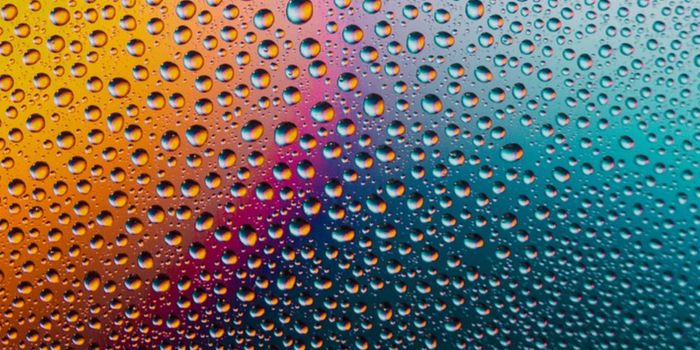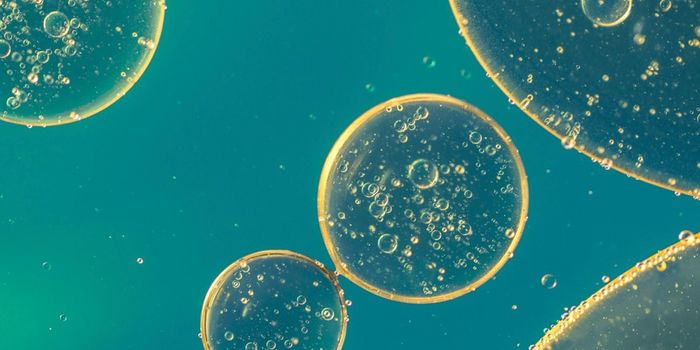The International Space Station has opened up myriad opportunities for scientists and the application of their research to space. One such area of research has been the study of microorganisms, and questions relating to for example, how they are affected by space, how best to assess the microbial population and diversity on surfaces and in the atmosphere of the station as well as how this information applies to the health of the crew. The interview below from NASA is with one investigator undertaking such work.
In work published in mSphere, an open access journal from the American Society for Microbiology, researchers have presented evidence that Aspergillus fumigatus, a fungus that commonly causes disease in people with compromised immune systems, behaves in much the same manner on board the space station as it does on earth. The gathering of this kind of data could be of vital importance to future space exploration missions. As the goals of space exploration broaden, manned mission length is likely to only get longer, and that increase means that microbes could have a big impact that we need to understand.
There are several aims of the Microbial Observatory Experiments on the space station, one of which is to learn more about the characteristics and diversity of fungal isolates. It is important to determine how fungi might change in relation to microgravity environments, as well as how those changes affect the human-fungi interaction in close quarters. The new work was performed at the University of Wisconsin-Madison and was led by Benjamin Knox, a microbiology graduate student at University of Wisconsin-Madison. Two A. fumigatus isolates from the ISS were compared to two control isolates kept on earth.
The investigators found, through in vivo, in vitro and genetic assays, that isolates from the space station showed both normal stress tolerance and in vitro growth. No unusual genetic differences were found. While the strains from aboard the space station were slightly more pathogenic in a vertebrate model of disease, nothing from the results suggested that time in space caused any significant alteration to the fungus.
"While we observed virulence differences, we speculate that it is completely within the variation that one would observe with terrestrial isolates," explained Knox. "There is an emerging body of literature showing a terrific phenotypic variation in A. fumigatus."
Because A. fumigatus is the primary opportunistic, airborne mold pathogen that affects humans, it is a reasonable assumption that it could be a problem on spacecraft. "For people wanting to draft policy, either sampling or cleaning regimes aboard these space vessels, the study shows that if a fungus is identified as A. fumigatus, any and all isolates represent potential pathogens and should be treated as such," concluded Mr. Knox.
The video below has more on infections by the Aspergillus family of fungi.
Sources:
NASA,
AAAS/Eurekalert! via
American Society for Microbiology,
mSphere








